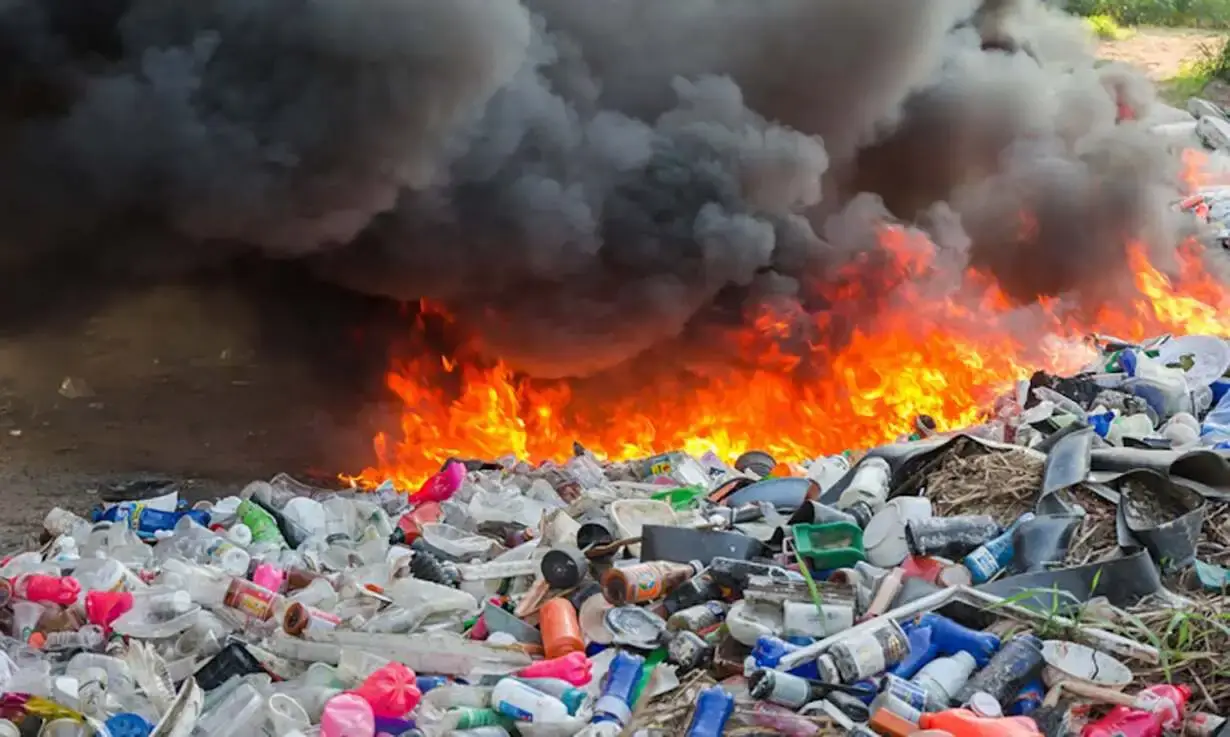Incineration stands as a prominent waste management method, offering a range of advantages and also posing certain disadvantages. Understanding the nuances of this process is crucial in evaluating its role in sustainable waste disposal.
In fact, delving into the advantages and disadvantages of incineration unveils its potential for efficient waste reduction, energy generation, and space optimization, while also shedding light on environmental concerns and potential health hazards.
Exploring these aspects provides valuable insights into the complexities and considerations surrounding incineration as a waste management solution. Therefore, without wasting any more time, let’s dive right in…!!!
Advantages of Incineration:
- Waste Volume Reduction: At its core, incineration significantly reduces the volume of waste, thereby playing a vital role in minimizing the space required for landfill disposal. This reduction in waste volume is instrumental in mitigating the strain on already limited landfill capacities.
- Energy Generation: An indispensable facet of incineration is its capacity to generate heat. This heat is efficiently harnessed to produce steam, which powers turbines for electricity generation or district heating. Harnessing waste heat contributes significantly to renewable energy sources, aligning incineration with sustainability objectives.
- Waste-to-Energy Conversion: A pivotal advantage of incineration lies in its ability to convert waste into energy. By tapping into this potential, incineration serves as an avenue to reduce reliance on non-renewable energy sources, contributing to broader sustainability goals.
- Effective Handling of Hazardous Waste: Incineration stands out for its efficiency in managing hazardous waste materials. Its high-temperature combustion process effectively neutralizes or significantly reduces the environmental risks associated with hazardous waste.
- Resource Recovery: Certain advanced incineration facilities integrate processes to recover metals or other valuable materials from the ash residue. This resource recovery aspect aligns with the principles of recycling and circular economy, promoting the reuse of materials and reducing dependence on primary resources.
Disadvantages of Incineration:
However, the advantages of incineration are often countered by significant concerns and limitations:
- Air Pollution: A pressing issue surrounding incineration is the emission of pollutants. Gases released during the combustion process can contain harmful substances such as dioxins, heavy metals, and greenhouse gases, potentially impacting air quality and human health.
- Residue Management: The management of incineration residue, comprising ash and potentially toxic materials, demands careful attention. Improper handling or disposal of such residue can lead to environmental contamination, necessitating stringent management protocols.
- Economic Costs: The implementation and maintenance of incineration plants come with considerable economic investments. The high initial costs, coupled with ongoing operational expenses, can pose financial challenges in waste management planning.
- Public Health Concerns: Communities residing in proximity to incineration facilities may face health risks due to exposure to emitted toxins. The potential health implications raise concerns and often prompt public debates regarding the location and impact of such facilities.
- Impact on Recycling: Critics argue that incineration might inadvertently discourage efforts toward recycling. The availability of an alternative waste disposal method could potentially diminish the motivation for comprehensive recycling programs.
Environmental Impact of Incineration
- Emissions Regulation and Control: Addressing concerns regarding air pollution from incineration, advancements in technology have led to improved emission control systems. Scrubbers, filters, and other technologies are increasingly integrated into incineration plants to mitigate the release of harmful gases and particulate matter.
- Life Cycle Analysis: Evaluating the environmental impact of incineration requires a holistic approach. Life cycle assessments consider the entire process—from waste collection to energy generation and waste treatment. Such analyses provide insights into the overall environmental footprint, aiding in optimizing incineration’s environmental performance.
- Legislation and Best Practices: Governments globally are implementing stringent regulations and guidelines governing waste incineration. These regulations encompass emission standards, residue management protocols, and operational criteria, aiming to ensure that incineration aligns with environmental protection mandates.
- Technological Advancements: Ongoing research and technological innovations in waste-to-energy conversion are continually enhancing incineration efficiency and environmental compatibility. From cleaner combustion techniques to improved residue treatment methods, these advancements strive to reduce environmental impact.
- Public Awareness and Engagement: Heightened public awareness of environmental concerns related to incineration has spurred active engagement and advocacy. Community involvement in decision-making processes and public dialogue has become instrumental in shaping incineration policies and practices.
Considerations for Future Implementation:
As the discourse around incineration evolves, several key considerations arise for its future implementation:
- Integrated Waste Management: Integrating incineration within a broader waste management framework is essential. Combining multiple strategies such as recycling, composting, and waste-to-energy technologies can create more sustainable and diversified waste management systems.
- Research and Development: Continued investment in research and development is crucial. Innovations in cleaner technologies, efficient energy recovery, and residue management will further enhance the viability and sustainability of incineration.
- Community Engagement: Engaging communities in decision-making processes fosters transparency and accountability. Encouraging active participation and addressing concerns can garner public support for well-planned and responsibly executed incineration projects.
- Environmental Monitoring and Reporting: Regular monitoring and transparent reporting of emissions and environmental impacts are essential. This practice ensures compliance with regulations and facilitates continuous improvement in environmental performance.
Conclusion
In conclusion, incineration remains a debated but integral component of modern waste management. While offering waste reduction, energy generation, and effective handling of hazardous materials, its environmental impact necessitates careful regulation, technological advancements, and public involvement for a balanced and sustainable approach.
The evolution of incineration, guided by innovative technologies, stringent regulations, and community engagement, can contribute significantly to waste reduction and energy needs while mitigating environmental concerns. Embracing a multifaceted approach that considers environmental, social, and economic aspects is pivotal in shaping incineration’s role in a sustainable future.
You might also like:
- 10 Differences Between Combustion and Incineration: Choosing the Right Path
- 10 Differences Between Incineration and Gasification for Waste Disposal
- 10 Key Differences Between Pyrolysis and Incineration in Tabular Form
- A Deep Dive into Examples of Incineration: Mastering Waste Management

